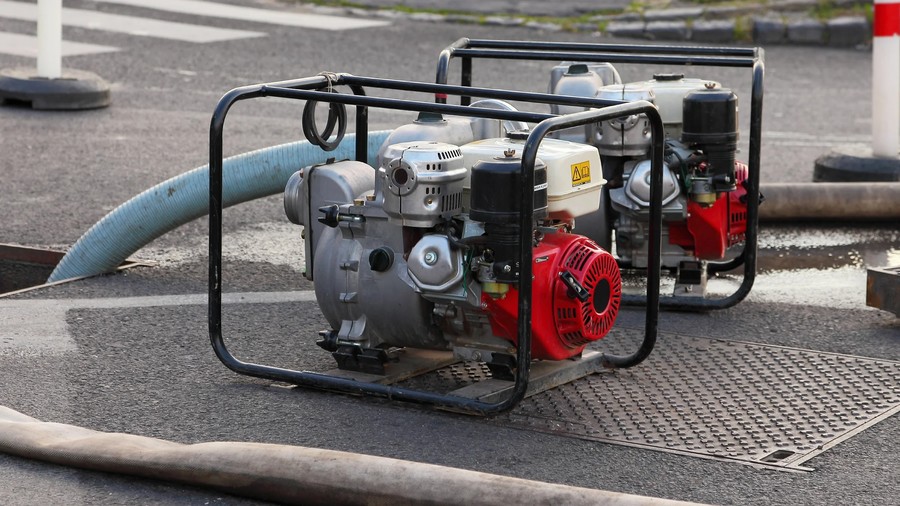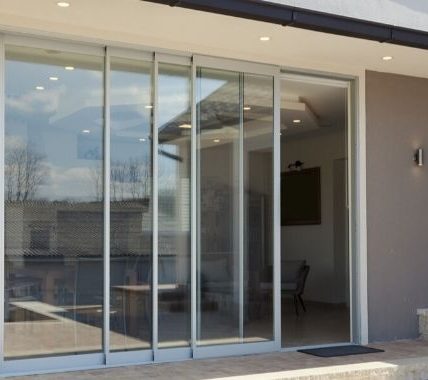When setting up a water pump system, whether for drainage, irrigation, or general utility, the focus tends to fall on the pump itself, but a key component often overlooked is the hose. Choosing the right hose is essential for getting the best performance from your pump and ensuring long term reliability.
This guide breaks down the main hose types, what they’re best suited for and how to avoid common compatibility issues.
Suction Hoses vs. Delivery Hoses
The first thing to understand is the difference between suction hoses and delivery hoses, as they’re not interchangeable. Suction hoses are used on the inlet side of a pump to draw water in. They’re reinforced to prevent collapse under negative pressure, especially when dealing with high lift situations or long draws from tanks and ponds. Delivery hoses carry water away from the pump. These are typically more flexible, lightweight and designed to handle positive pressure. Layflat delivery hoses are common on construction sites and in temporary setups where hoses are moved frequently.Consider the Application
The right hose will depend heavily on what you’re pumping and where:- Clean water: Standard PVC or layflat hoses are usually sufficient.
- Dirty or debris-laden water: Choose reinforced hoses with abrasion resistant lining.
- Agricultural settings: Heavier duty hoses may be needed for use around livestock, mud, or rocky ground.
- Construction sites: Layflat hoses offer flexibility and quick deployment for dewatering tasks.
Diameter and Compatibility
Hose diameter should match the outlet or inlet size of your pump for optimal flow. Undersized hoses will restrict output and put unnecessary strain on the system. Most pumps specify compatible hose sizes (e.g. 1″, 1.5″, 2″). Make sure you use the appropriate fittings or adapters to create a tight, leak free connection. Some systems use quick release couplings, while others rely on jubilee clips or threaded connectors.Hose Length and Flow Efficiency
Longer hoses can reduce water pressure and flow rate, particularly on flat or uphill runs. If you’re working across a large area, consider a slightly larger diameter hose to compensate. Also bear in mind:- Excess hose adds resistance to flow
- Kinks or tight bends reduce efficiency
- Layflat hoses should be fully extended for best results





